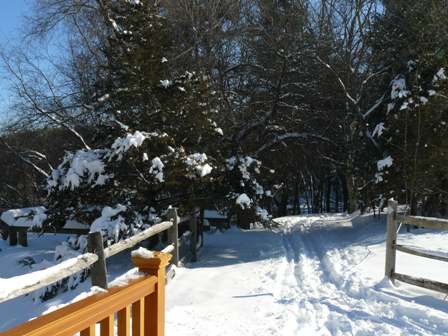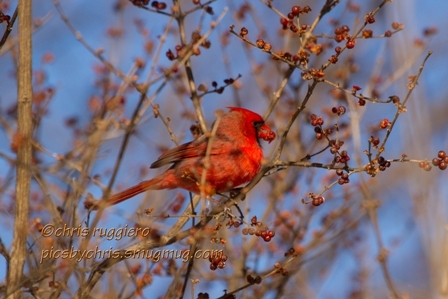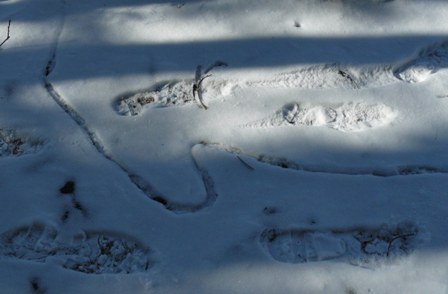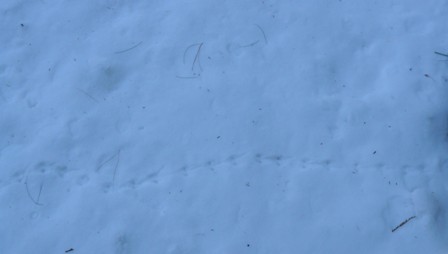It’s a little early for Halloween, but not for the spectacular Halloween Pennant Dragonfly. Look for this orange and black beauty perched about three feet off the ground on grass flowers in the field near the nature center. Please stay on the trail. There are good looks right from the field edge.
Indian Brook from the bridge looks like a painting. Bring your camera or your painting gear to create a work of art inspired by this beautiful view. Or just sit on the bridge and enjoy!
Beautiful with tiny berries and huge leaves this year, watch for poison ivy along the trail edges. The berries attract birds that help spread this native, but invasive plant.
Raccoons are most active at dusk, often near water. This little one was in a tree near the Charles River.


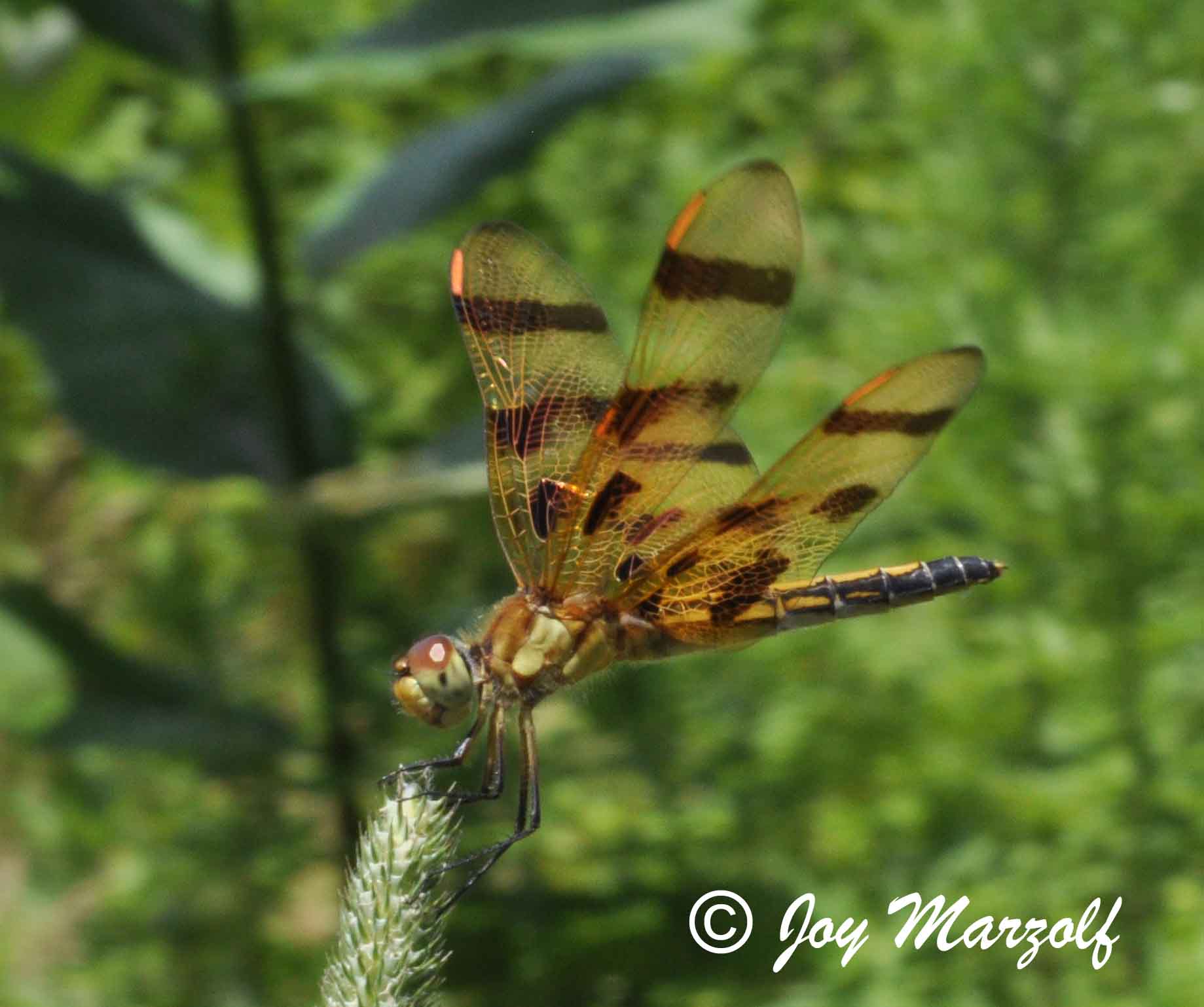

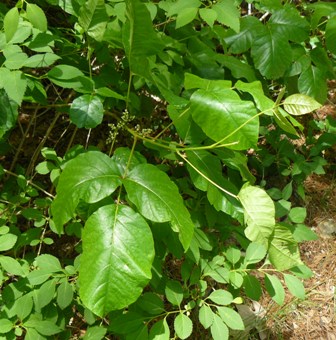

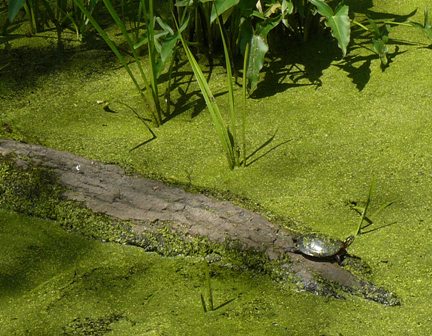


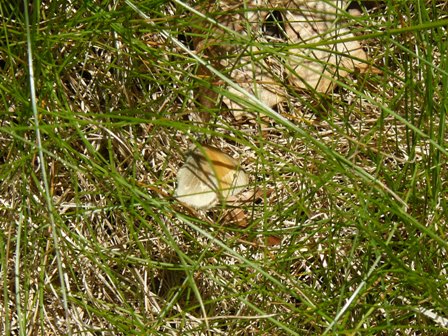

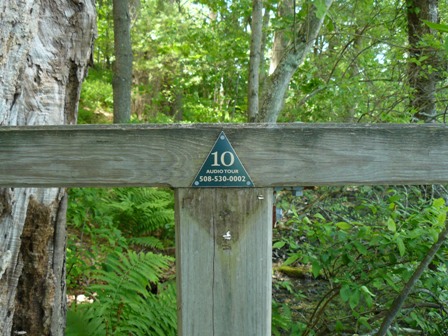
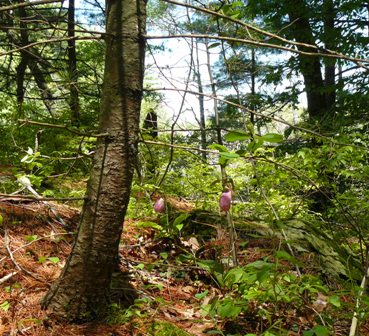


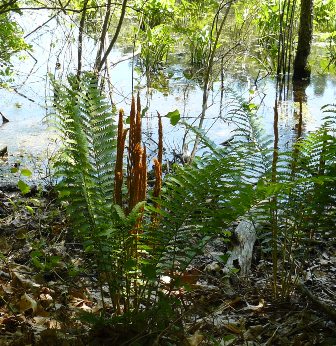
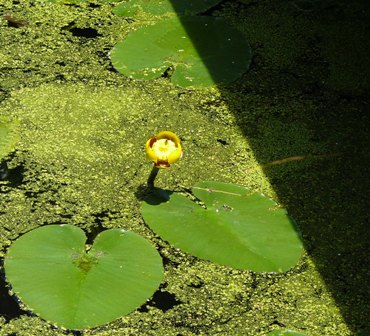
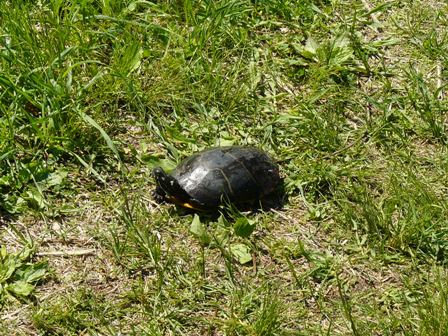

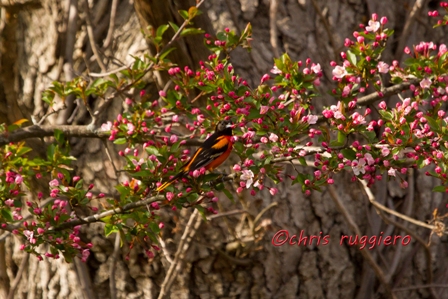
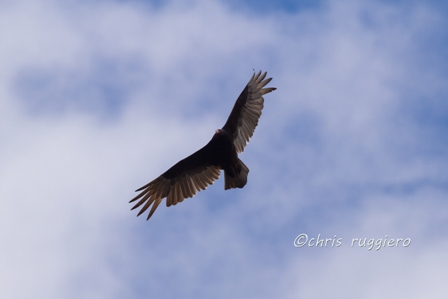
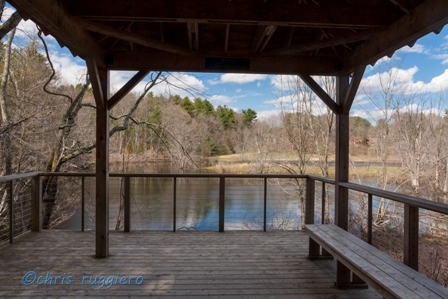
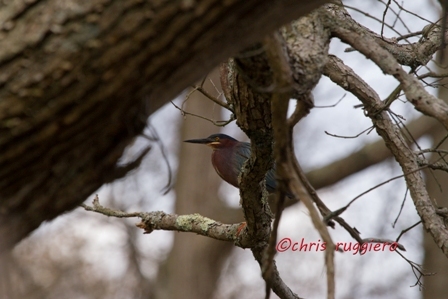

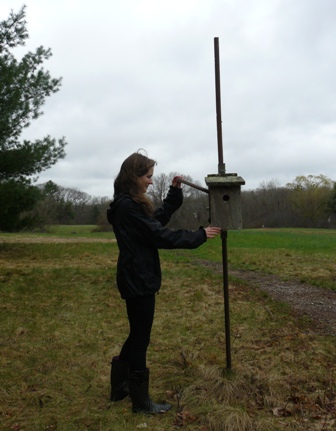
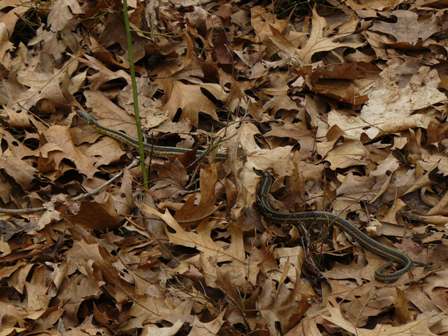
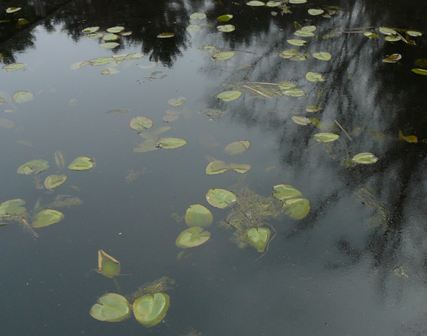

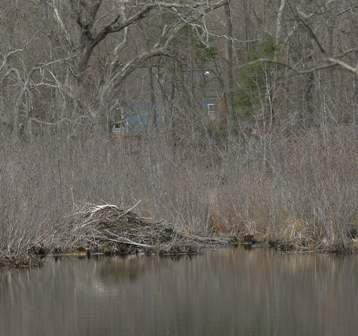
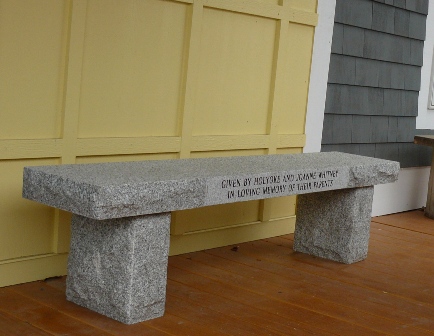
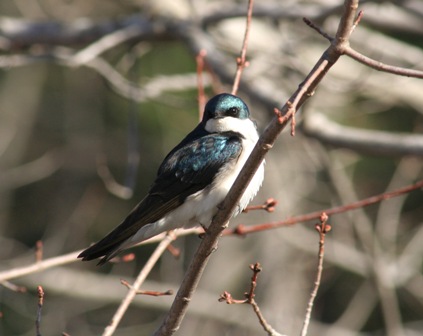
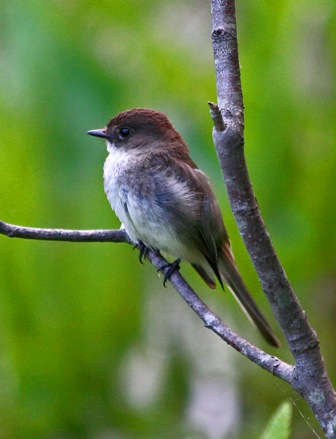

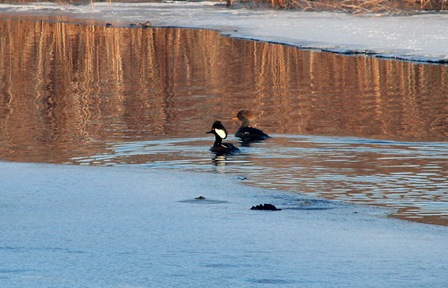
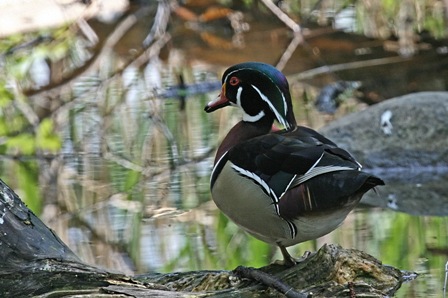

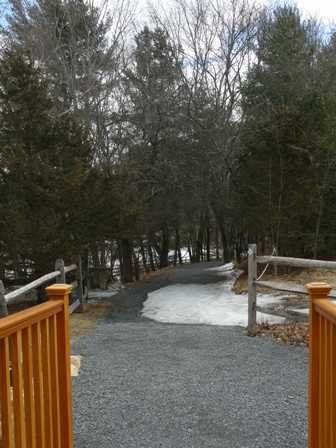
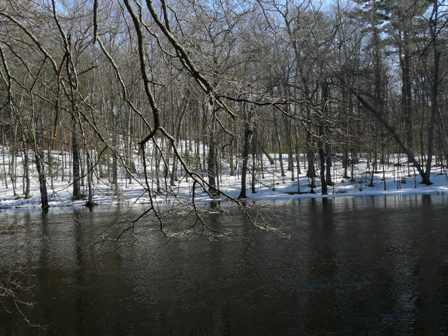

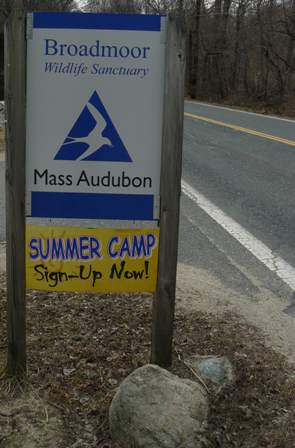




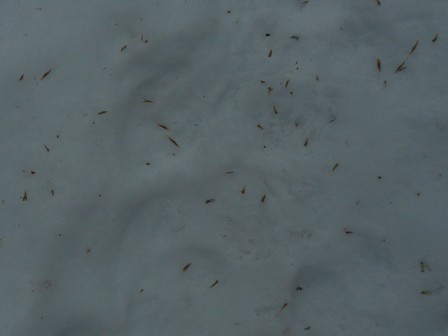


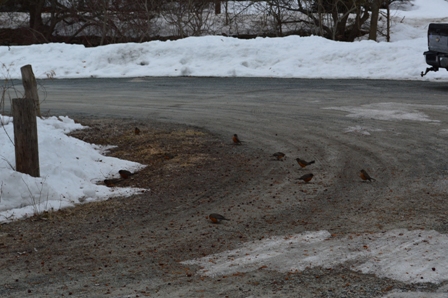
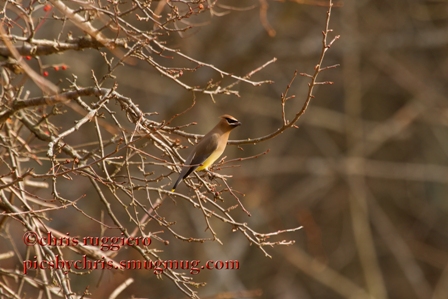 Our native plants garden on the southeast side of the nature center has Cranberry Viburnum shrubs with a few bright red berries remaining.
Our native plants garden on the southeast side of the nature center has Cranberry Viburnum shrubs with a few bright red berries remaining.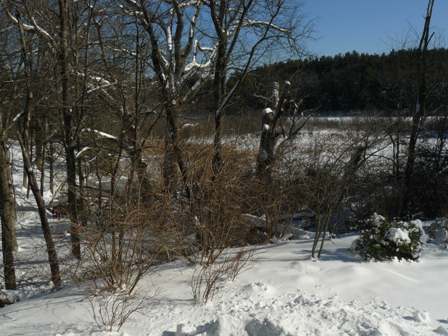 Look closely and you can see cedar waxwings devouring the berries. There is one right in the middle toward the bottom.
Look closely and you can see cedar waxwings devouring the berries. There is one right in the middle toward the bottom. Our picnic tables tell the story – more than 10 inches of snow fell this week!
Our picnic tables tell the story – more than 10 inches of snow fell this week!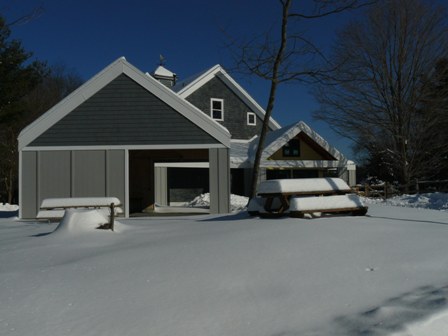 The trails await snowshoes, skis and even walkers with good boots.
The trails await snowshoes, skis and even walkers with good boots.